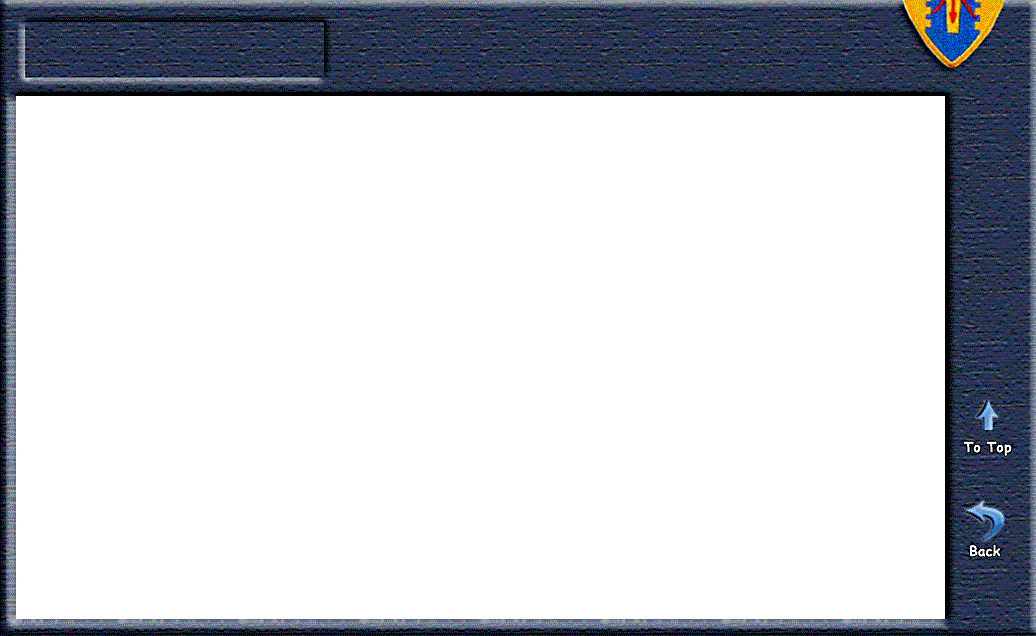


Vol 3 - No 30 - 22 July 1968
John T. Albers and John Paul Eisele mentioned
CU CHI - Many hours of hard work and skilled maintenance are required to keep each helicopter in the 25th Div in safe, flyable condition.
Repairs and replacements are checked and double checked. Reams of paper are used in filing work orders, repair slips, historical documents and the almost infinite number of other things necessary to the success of every combat mission that is performed by the pilot and crew of a helicopter.
The most intimate contact between man and machine exists with the Crew Chief of each craft. It is his responsibility to make a daily inspection, usually before the first flight of the day or after the last mission in the evening.

According to Specialist 4 John Albers, crew chief with D Trp, 3d Sgdn, 4th Cav, "A crew chief looks mainly for anything loose - rivets working, bolts slipping, stuff like that. Leaks are another important item," explained Albers, of St. Louis. "Often a small leak will mean that a coupling is loose or a part is worn."
Most minor repairs are done on the spot by the crew chief. Any job too large to handle or parts that need replacement are referred to the unit's maintenance personnel who have the skill and experience to conduct second and third echelon maintenance.
Private First Class John P. Eisele of Great Neck, N.Y., is a typical helicopter mechanic. His schooling in the Army "consisted of two separate courses. I went through one course on general aircraft maintenance," explained Eisele, a "stablehand" of D Trp, 3d Sqdn, 4th Cav.
"When I finished that course I was sent to a specialized school where we spent most of our time actually working on helicopters."
The aircraft mechanics, often working hand-in-hand with the crew chiefs, conduct numerous inspections and replace worn or damaged units. A task that requires massive work or rebuilding is referred to E Co of the 725th Maint Bn or the 20th Trans Co.
In huge hangars capable of holding more than 20 helicopters at a time, skilled technicians and avionics mechanics perform major repairs on helicopters.
"A lot of the work involves replacing engines and rotor blades," related Specialist 4 Maurice A. Dieterly, a member of the 725th Maint Bn from South Lyon, Mich.
"We have sheet metal, electrical, armament and other shops capable of doing virtually any repair or replacement work necessary," emphasized Dieterly.
Numerous safeguards and inspections have been implemented to make sure that the helicopters are always in top shape.
After every 25 hours of flight the ships are given a thorough inspection by maintenance personnel and after 100 hours a Periodic Inspection is conducted.
"On these inspections," explained Staff Sergeant John Eichenmiller, a Technical Inspector (TI) assigned to B Co, 25th Avn Bn, "I spend from two to three hours just going over each craft that comes in. One of my biggest responsibilities is to insure that all repairs are made correctly," he said.
Eichenmiller, a resident of St. Petersburg, Fla., needed five years of experience with helicopters before he qualified for a job as a TI.
The capabilities of the ground crews servicing the helicopters of the 25th Div can best be summed up in the words of one pilot: "I'd stake my life on the mechanics - I have to - and they've never let me down."
Story and Photos By SP4 Richard Patterson